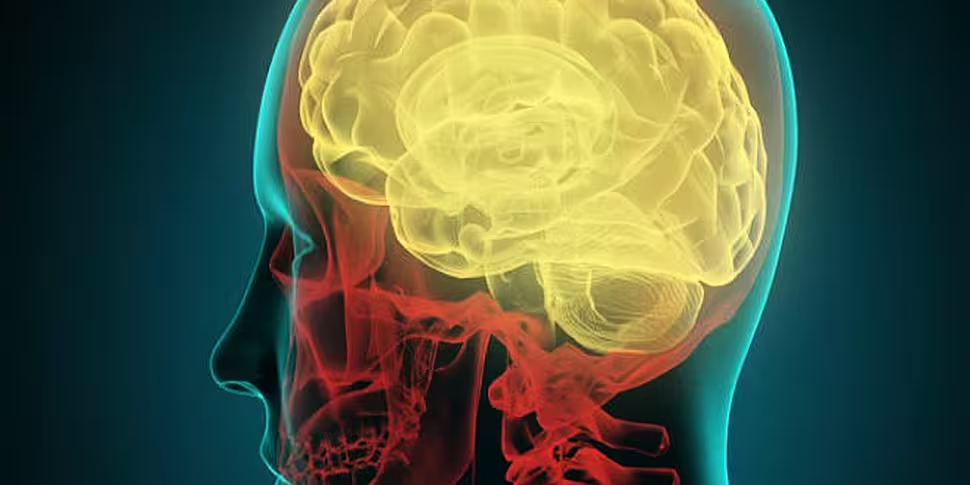On the NPR TED Radio Hour, Sunday 30th August, Newstalk FM
'The Unknown Brain'
The brain can seem as mysterious as a distant galaxy, but scientists are starting to map and manipulate its many regions.
Losing control
Neuroanatomist Jill Bolte-Taylor woke one morning to feel her brain shutting down, "I could not walk, talk, read, write. I could not recall any of the details of my life. Jill Bolte-Taylor died that day."
Jill was having a massive stroke, but the terrifying experience left her more fascinated than panicked.
Even though Jill spent eight years recovering, she's grateful for the stroke.
Soup for Brains
Neuroscientist Suzana Herculano-Houzel turns brains into soup, so she can meticulously count the neurons and determine why human brains are unique.
"When I was starting this whole thing and creating the method, the lab I worked in had a kitchen blender on the top of a shelf and I remember thinking 'am I really going to throw a human brain into a blender?'"
Suzana didn't quite use a blender to carry out her experiment but she does explain the "dissolving" process and its remarkable results, including why 'cooking' is the reason humans have more neurons than the average primate brain.
The Human Map
Nancy Kanwisher is a cognitive neuroscientist at MIT. She studies the brain partly by staring at her own. She's spent countless hours in an MRI scanner, mapping her own brain to gain insight into what makes us human.
"We wanted to know if there was a special part of the brain for recognising faces." What Nancy discovered was that an "olive shaped" part of her lower brain lit up on the MRI when looking at familiar faces.
"What's important to me about this work, is not the particular locations of these brain regions, but the fact that we have selective, specific components of mind and brain in the first place."
But questions remain; how does this very systematic brain structure develop, both over childhood and human evolution?
Also on the show
Sensing the motives and feelings of others is a natural talent for humans. But how do we do it? Neuroscientist Rebecca Saxe explains how one region in the brain focuses on other people's thoughts.
And Philosopher David Chalmers asks why humans have a sense of self, a constantly-running movie full of sensation and internal chatter. He offers two ideas about the nature of consciousness.
The TED Radio Hour, Sunday's from 6pm on Newstalk 106-108 FM.









